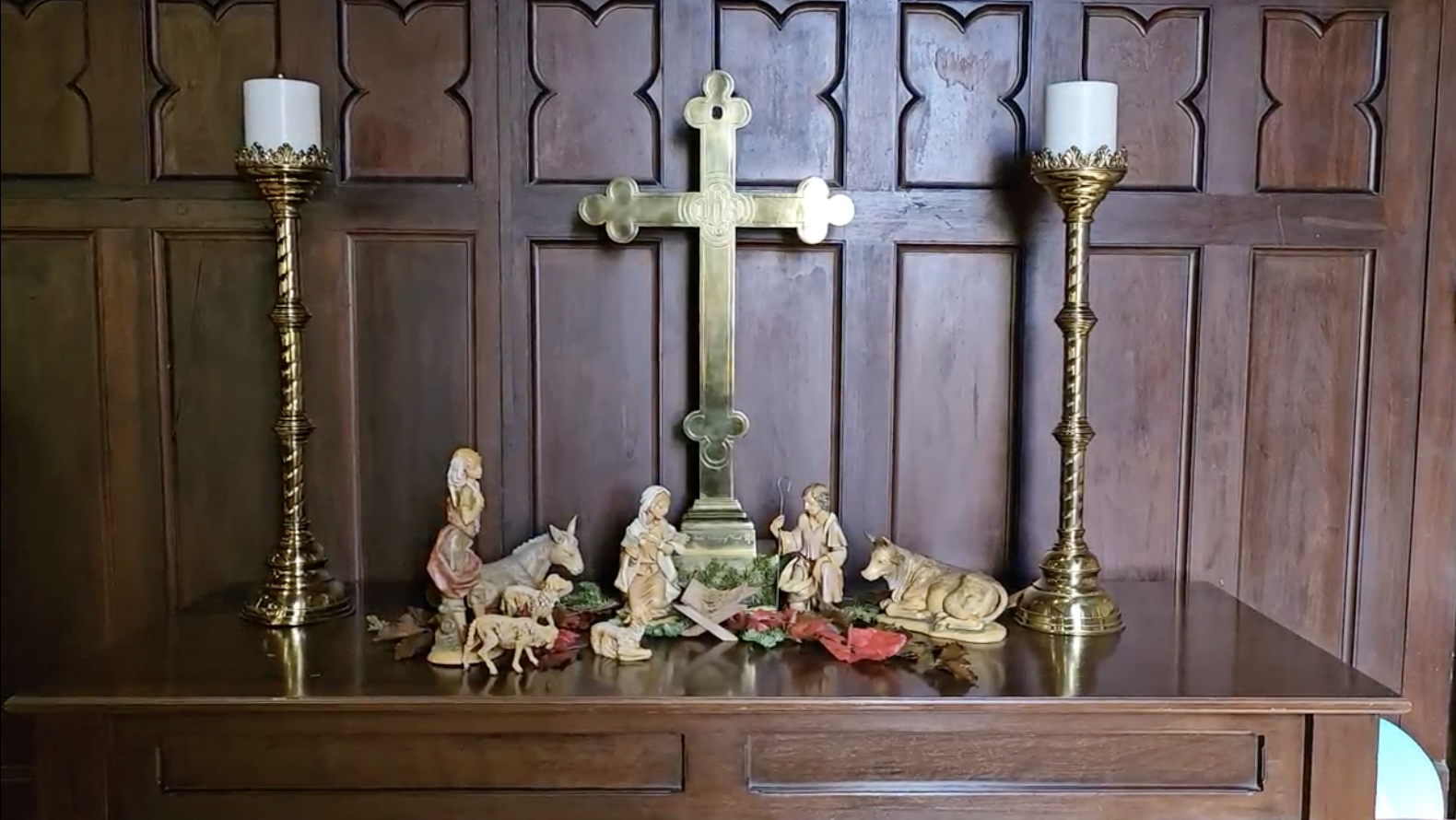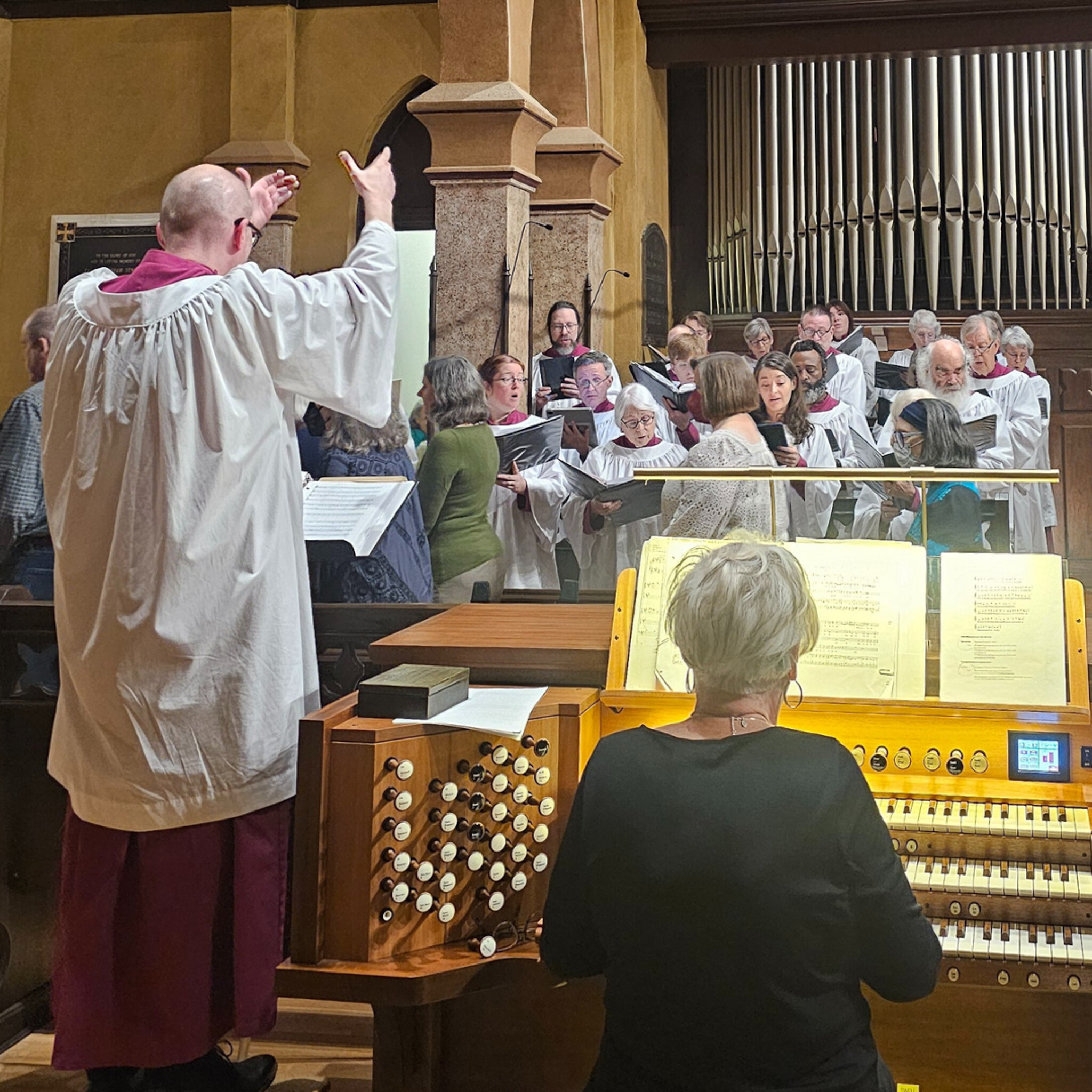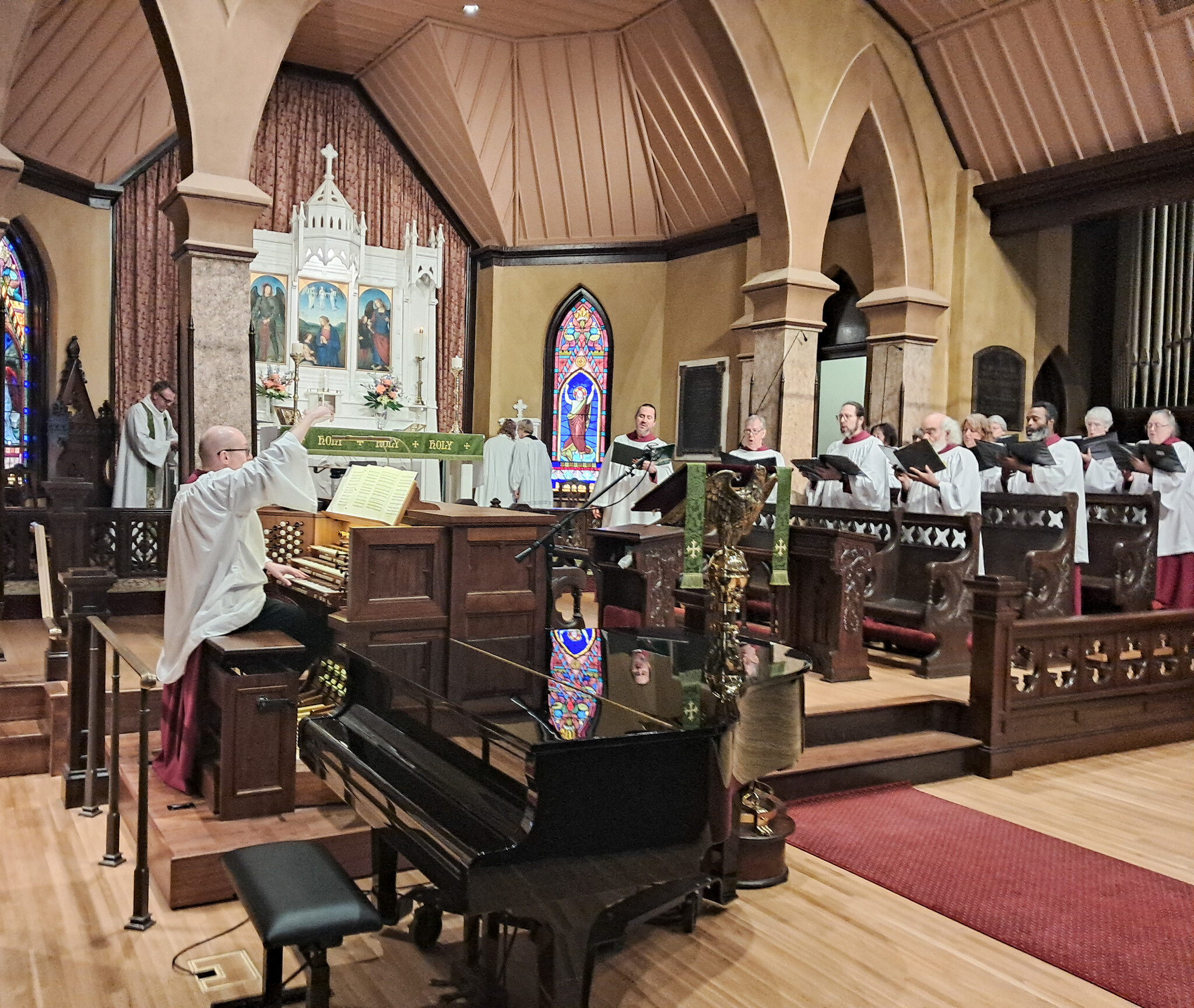
Although the season of Advent so named begins four Sundays before Christmas, the first (or, really, the last) of the several layers of this season of preparation begins with the conclusion of All Saints’ Day, November 1.
From this point on, through the First Sunday of Advent and beyond, we prepare for the Second, or final, coming of Christ. (The Church of England’s modern prayer book, Common Worship, makes this point explicit.)
There is a natural progression from the celebration of the saints in glory (All Saints’ Day), to prayer (on All Souls’ Day) for those who may yet be ‘increasing in knowledge and love of [God],... go[ing] from strength to strength in the life of perfect service in [God’s] heavenly kingdom’ (Prayers of the People, Burial of the Dead), to examination of our own mortality and preparedness to meet our Maker (several of the Additional Prayers at the Burial of the Dead), to meditation upon the Last Things. Indeed, some of the traditional texts of the Mass for the Dead, such as the famous ‘Dies irae’, were originally Advent texts.
Connections are found, too, in some of the Scriptures appointed this time of year. Sunday’s Epistle warns believers not to be deceived by false teaching about the timing of the ‘coming of our Lord Jesus Christ and our being gathered together to him’, but rather simply to ‘hold fast to the traditions [they / we] were taught’. The Gospel for Sunday concerns the general resurrection: ‘those who are considered worthy of a place in that age and in the resurrection from the dead...are like angels and are children of God’; ‘God is God not of the dead, but of the living’. We sing Isaac Watts’s hymn ‘Come, we that love the Lord’ [392] – an exhortation to pilgrims bound for heaven – between these two Lessons.
To help us prepare for all this – for the Son of God to ‘destroy the works of the devil and make us children of God and heirs of eternal life’ – we pray in the day’s very fine Collect for divine aid to ‘purify ourselves as he is pure; that, when he comes again with power... we may be made like him in his eternal and glorious kingdom’. This Collect is heard again in an anthem representative of the English Romantic style.
We further acknowledge this mini-season of ‘pre-Advent’ with the use of stanza 2 of ‘Let all mortal flesh keep silence’ [Hymn 324] at the Fraction. This hymn is a paraphrase of a hymn sung at the Offertory procession in the oldest complete Eucharistic rite of the Eastern Church. The incarnational language in the familiar English translation by Gerald Moultrie (not exactly found in the original) links it, for many who sing it, with the season of Advent:
King of kings, yet born of Mary,
as of old on earth he stood,
Lord of lords in human vesture,
in the Body and the Blood
he will give to all the faithful
his own self for heavenly food.
The hymn undoubtedly has gained in popularity by its pairing (in the 1906 English Hymnal and subsequently) with ‘Picardy’, a fine old French folk tune.
The liturgical observance of the Second Coming continues beyond the First Sunday of Advent, though the other layers of the season marking the inauguration of Christ’s adult ministry (heralded by St John the Baptist in mid-Advent and again after the Epiphany), his birth (Advent 4 and the Midnight Mass of Christmas), and even his role in the world in the very beginning (Christmas Day and the First Sunday after Christmas) are more to the fore. Texts traditionally sung at the Epiphany interpret that feast as the wedding banquet celebrating the union of Christ and the Church, while those sung at the feast of the Presentation interpret that occasion as the consummation of the marriage.





Login To Leave Comment